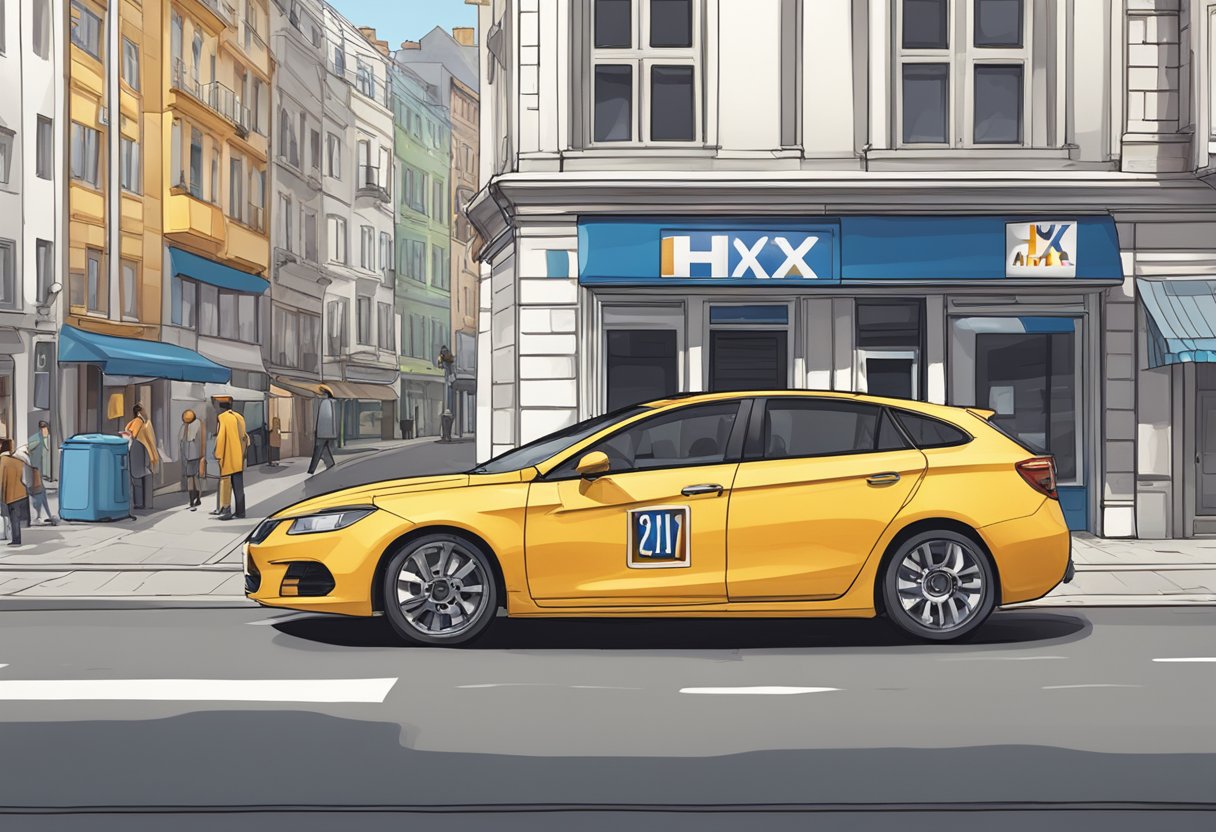Expanding Charging Infrastructure in Europe: Challenges and Solutions
As Europe moves towards a sustainable future, the development of charging infrastructure for electric vehicles (EVs) becomes crucial. This article explores the current landscape, challenges, and innovative solutions in charging infrastructure across Europe.

Understanding the Charging Infrastructure Landscape in Europe
The transition to electric mobility in Europe hinges significantly on the expansion and efficiency of charging infrastructure. Over the past few years, Europe has prioritized the installation of EV charging stations, but significant challenges remain. This article delves into the various aspects of charging infrastructure in Europe, including current developments, key challenges, and potential solutions.
Current State of Charging Infrastructure in Europe
As of 2023, Europe boasts one of the most developed networks of EV charging stations in the world. Countries like Norway, the Netherlands, and Germany lead the charge (pun intended) with thousands of public charging points. Nonetheless, the coverage remains uneven across the continent.
- Norway: Has the highest number of charging stations per capita, with aggressive government policies facilitating swift implementation.
- The Netherlands: Offers a highly integrated network with clear user interfaces for seamless charging.
- Germany: Has begun an expansive rollout of fast-charging stations on highways to encourage long-distance traveling in EVs.
Challenges Facing Charging Infrastructure Development
Despite the accomplishments, several hurdles undermine the expansion of charging infrastructure in Europe. Understanding these challenges is vital for stakeholders looking to improve the situation.
1. Insufficient Public Charging Points
While urban areas tend to have adequate access to charging stations, rural regions often lack sufficient infrastructure. This inconsistency deters potential EV buyers in less populated locations.
2. Overnight Charging vs. Fast Charging
While home charging can work for many, the demand for fast charging stations in public spaces is soaring. Insufficient high-power charging stations can lead to long wait times and user dissatisfaction.
3. High Installation Costs
Implementing charging stations, especially fast chargers, involves substantial costs. This has discouraged some businesses from investing in charging infrastructure, particularly in less densely populated areas.
4. Regulatory Hurdles
Different countries have varying regulations regarding the installation and operation of charging stations. Navigating these regulations can complicate the overall growth of charging infrastructure across Europe.
Innovative Solutions for Expanding Charging Infrastructure
To address the challenges presented, a variety of innovative solutions and strategies are emerging throughout Europe. Here are some of the most promising approaches:
1. Public-Private Partnerships
Collaborations between private companies and government entities can facilitate the sharing of resources and expertise necessary for building more charging stations. For example, joint ventures for charging networks can leverage public funding and private innovation.
2. Renewable Energy Integration
Combining charging stations with renewable energy sources, such as solar and wind, can reduce electricity costs and increase sustainability. Utilizing renewable energy will lead to lower emissions when charging electric vehicles.
3. Expansion of Multi-Use Charging Stations
Conveniently located multi-use stations that offer services beyond just charging (like shopping or dining) are not only more appealing but also economically viable. This model can increase foot traffic and enhance the overall customer experience.
4. Enhanced Mobile Applications
Mobile applications that provide real-time data on the availability and status of charging stations can improve user experience. Apps can also facilitate booking spots in advance and provide detailed maps of charging locations.
5. Policy Incentives and Subsidies
Government subsidies for EV charging infrastructure installations can incentivize businesses and property owners to install more charging points. Financial incentives can lead to a more rapid rollout of necessary infrastructure.
The Future of Charging Infrastructure in Europe
Looking ahead, the future of charging infrastructure in Europe appears promising yet demanding. As governments, businesses, and consumers push for greater EV adoption, the pressure to expand and improve charging infrastructure will intensify. The key will lie not only in building more charging points but also in ensuring they are efficient, user-friendly, and widely accessible across all of Europe.
Conclusion
Charging infrastructure is a critical component of Europe’s transition to electric mobility. While challenges exist, the opportunities for innovation and improvement in this sector are plentiful. By fostering collaboration between governments, businesses, and communities, Europe can create a robust and sustainable charging network that supports its green goals and encourages more drivers to transition to electric vehicles.
New posts

The Rise of E-Mobility Start-Ups: Transforming the Future of Transportation
Electric Vehicles

Understanding the Percentage of Electric Cars in Norway: A Comprehensive Analysis
Sustainability

Exploring Electric Car Battery Swap Stations: A Revolutionary Solution for Sustainable Transportation
Electric Vehicles

Latest E-Mobility News: Trends, Innovations, and Insights
Sustainability

The Future of Performance: Exploring Audi Quattro Electric Technology
Sustainability

Understanding Bio Hybrids: Revolutionizing Biotechnology
Technology

Bio Hybrid vs Electric: Which Is the Future of Sustainable Driving?
Innovation

Exploring the Audi Quattro Electric Range: Performance, Efficiency, and Features
Electric Vehicles

Audi Quattro Electric vs Tesla Model Y: A Comprehensive Comparison
Electric Vehicles

What to Expect from Bio Hybrid Cars in 2025
Sustainability
Popular posts

The Rise of Polestar Motorcycles: A Comprehensive Look at This Exciting New Player
Sustainability

Maximize Your EV Experience with a Wallbox Garage: All You Need to Know
Home Improvement

Exploring NIO Power Swap Stations: Revolutionizing EV Ownership
Sustainability

Exploring Apple Project Titan: The Future of Autonomous Vehicles
Innovation

How Do Electric Car Incentives Work? A Detailed Guide
Sustainability

The Rise of Eco-Friendly SUVs: What You Need to Know
Sustainability

Hydrogen vs Electric Cars: A Comprehensive Comparison
Sustainability

The Latest Insights and Trends in EVNews: Your Go-To Source for Electric Vehicle Updates
Sustainability

Unveiling the Latest E-Mobility Trends in Europe
Technology

Exploring the World of EV Magazines: Your Ultimate Guide
Sustainability